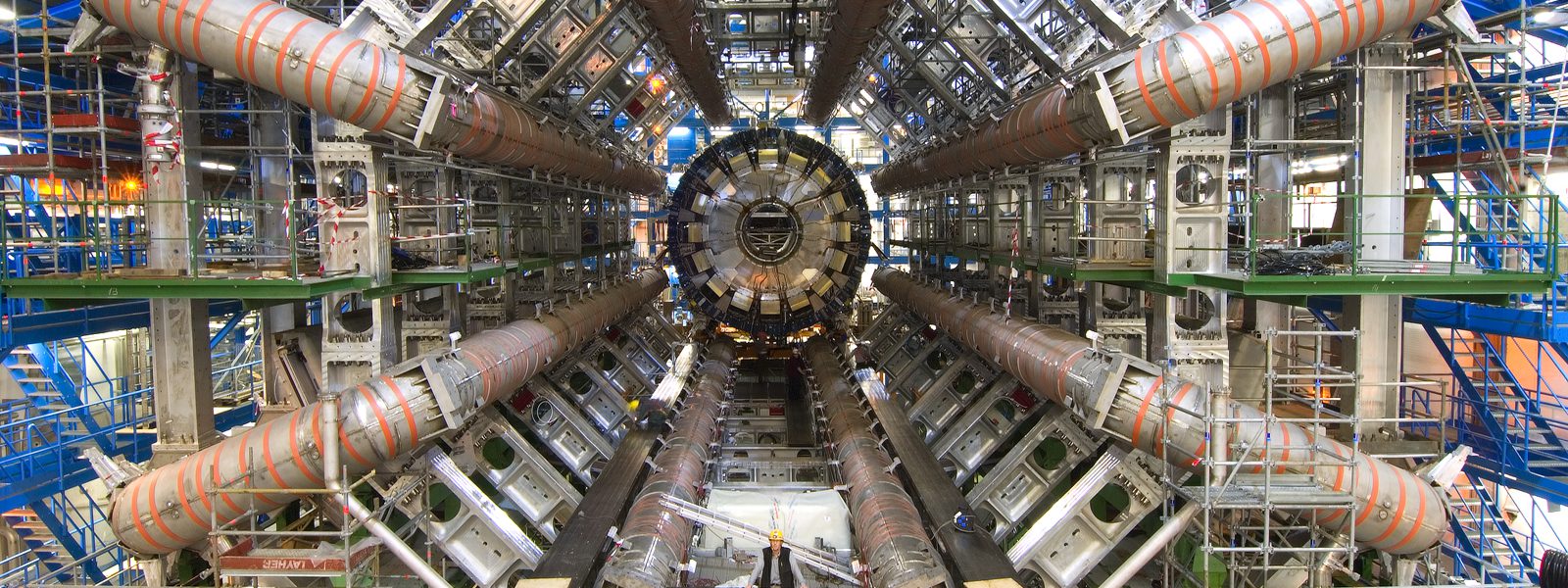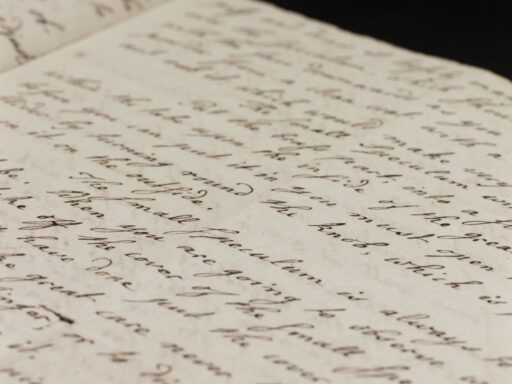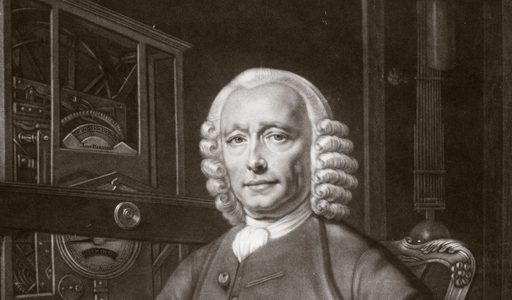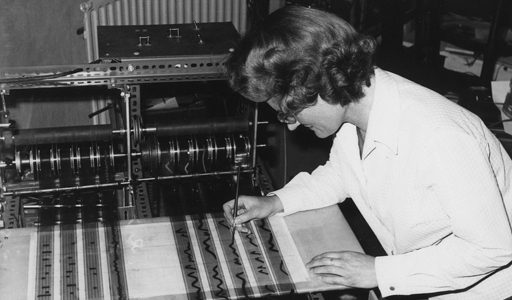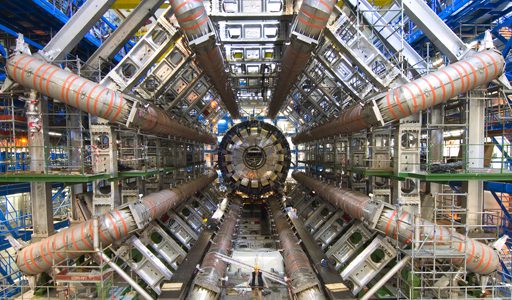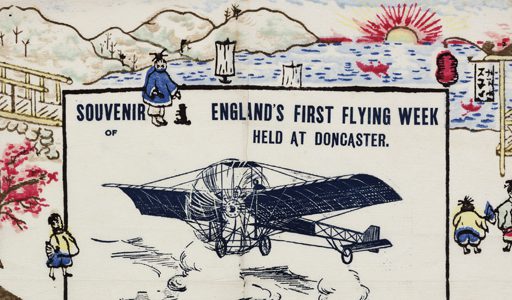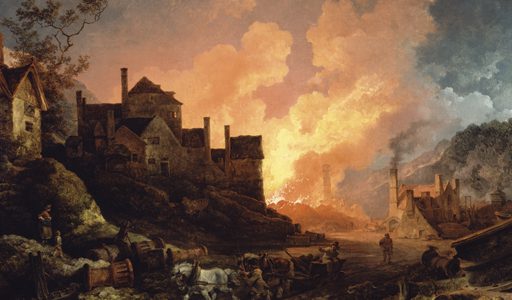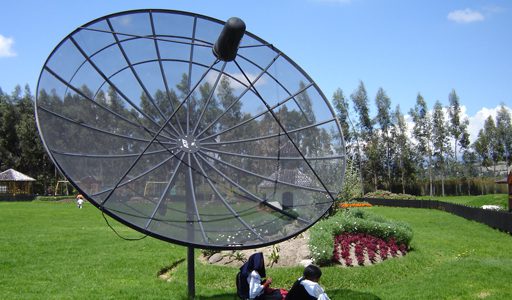In this issue of the Science Museum Group Journal articles include an exploration of the use of theatre in the display of particle physics, a discussion of a research project (and exhibition) re-evaluating the search for longitude, and a description of a participatory process to co-create an electronic music exhibition. Other articles look at what the relationship between Harrison and Short can tell us about the eighteenth-century concept of ‘genius’, and delve into museum collections to unearth extraordinary images and an overlooked scrapbook.
Editorial
James Short and John Harrison: personal genius and public knowledge
Oramics to electronica: investigating lay understandings of the history of technology through a participatory project
Curating the collider: using place to engage museum visitors with particle physics
‘½ vol. not relevant’: The scrapbook of Winifred Penn-Gaskell
Made real: artifice and accuracy in nineteenth-century scientific illustration
Science communication in Latin America: what is going on?
Chronometers, charts, charisma: on histories of longitude
Review: Ships, Clocks & Stars: The Quest for Longitude
Review: Observing by Hand: Sketching the Nebulae in the Nineteenth Century, by Omar W Nasim

